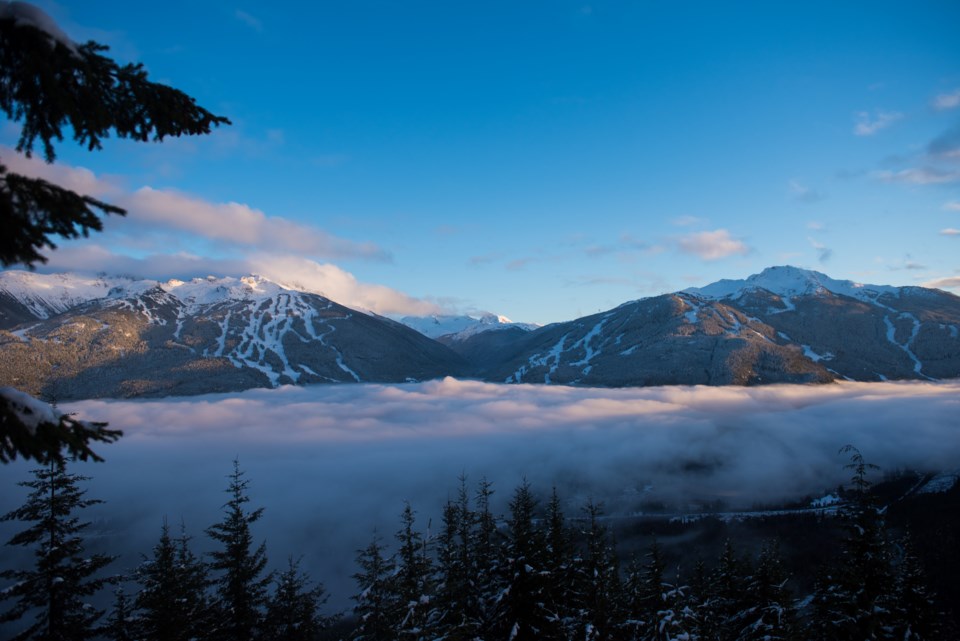[Editor's Note: A Vail Resorts spokesperson provided the below response to Pique's request for comment on local impacts related to its planned job cuts. Although the Oct. 3 reply came after our weekly print deadline, Pique initially missed the original email, and didn't update the following web story until today.
The response reads: "Less than 2% of the company’s total workforce will be impacted as a part of the two-year Transformation Plan, including less than 1% of the company’s operations workforce, with only 0.2% impact on frontline roles. We are not sharing resort-specific details.鈥疉ll impacted employees鈥痺ill have the opportunity to apply for other open roles."
The below story follows as it was originally written.]
Resort behemoth Vail Resorts, Inc. released a “resource efficiency transformation plan” that includes job cuts, its fourth-quarter financials and full-year financial results Sept. 26.
Whistler Blackcomb’s parent company it was announcing "a two-year plan to transform the company for future growth and global expansion.”
The plan is intended “to improve organizational effectiveness and scale for operating leverage as the company grows,” the release said. The company aims to save $100 million each year through the plan, which includes job cuts.
The release notes some cost efficiencies come from the job cuts, “impacting less than two per cent of the company's total workforce, including 14 per cent of its corporate workforce and less than 1 per cent of the company's operations workforce.” Management and back-end support at Vail Resorts will see cuts, and 0.2 per cent will come from front-line roles.
"No matter how big or small the impact of position eliminations, we do not take lightly any decision that affects our team members," Kirsten Lynch, chief executive officer said, in the release. "Our team members are the core of our mission to create an Experience of a Lifetime, and we have tremendous gratitude for their passion and commitment to our mission, our mountains, and our guests."
Pique reached out to Whistler Blackcomb to learn if this would impact local staff but did not receive a response before publication.
Fourth-quarter results
According for the fiscal year was $230.4 million, a $37.7-million loss from the previous year which netted $268.1 million.
Earnings before interest, taxes, depreciation, and amortization (EBITDA) were $825.1 million, compared with $834.8 million in 2023.
Pass sales for the upcoming ski season in North America dipped about three per cent in units, but increased three per cent for overall sales dollars because of an eight-per-cent increase in pass price compared to last year. Lynch said pass sales grew among existing pass holders who’ve had a pass for three years or longer. Decline in total number of sales from this year to last are “driven by a decline in new pass holders.”
“Within new pass holders, we saw growth from guests who previously purchased passes but did not buy a pass in the previous season, offset by a decline of new pass purchases from guests in our database who purchased lift tickets in the past season, as well as a decline from guests who are completely new to our database,” she said.
“The decline in lift-ticket visitation in the past season, driven by challenging weather and industry normalization, reduced that audience size of guests to drive conversion into pass holders, and the weather may have delayed the decision-making timing for new guests.”
Skier visits declined 9.5 per cent because of poor conditions last ski season in North America and Australia, alongside an expected decline in post-COVID high visitations in 2022-23.
Lift revenue increased by 1.6 per cent, or $21.9 million, mostly from pass revenue. Non-pass revenue decreased 10.7 per cent “primarily driven by challenging conditions at our North American resorts for a large portion of the season compared to the prior year, as well as broader industry normalization post-COVID.”



